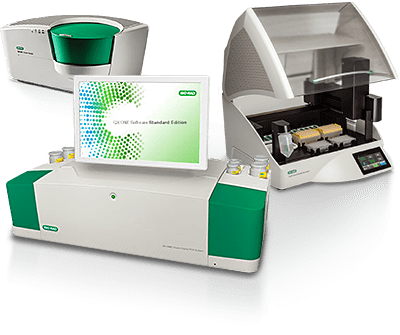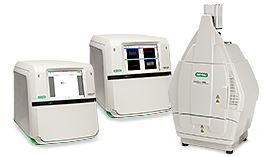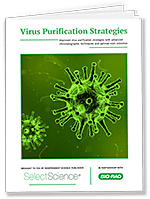
On This Page |
Viral Vector Vaccine Development | Viral Vector Vaccine Challenges | Products for Viral Vector Vaccine Development | Resources |
Introduction to Viral Vector Vaccine Development
The COVID-19 pandemic opened the door to expedited vaccine development using new technologies and therapies that have traditionally been used in other applications. For example, the use of gene therapy vectors has gained traction as a type of Trojan-horse vaccine. The weakened or non-replicative vector is utilized as a vessel to deliver a novel pathogen’s gene to immune cells that in turn translate it into a protein that initiates an immune response. This allows us to exploit existing knowledge of the immunogenicity of the vector without risking infection as well as deliver a specific response to the novel pathogen.
Challenges in Viral Vector Vaccine Development
When using viral vectors as the mechanism for vaccine delivery, there are special challenges that arise in manufacturing the vector, such as quantifying the titer, assessing its appropriate assembly, and separating host cell contaminants.
Challenges include:
- Accurate viral titer is difficult to ascertain and this is critical in determining the correct dosing
- Increasing yield during purification as vectors are more challenging to purify than individual proteins
- Visualizing correct vector assembly for maximum efficacy and infectivity and assessing vector purity requires sensitive staining techniques that require hours to produce results
Companion Products for Viral Vector Vaccine Development
To achieve high quality characterization, purification, and production of virus particles, enhance your process with sensitivity, accuracy, and dependability.

Viral Titer using Droplet Digital PCR (ddPCR)
- Absolute quantification without the need for a standard curve
- Enable exact viral titration of vector genome copies critical for ensuring accurate vaccine dosing
- Assessment of copy number variation in development of production cell lines
- Measure residual host cell DNA levels

Virus Purification with Ion Exchange and Mixed-Mode Chromatography Resins
- Ability to purify large viruses
- Increase yield and decrease processing time using resins with unique separation properties for purification and aggregate removal

Viral Purity Determination Using Stain-Free Gels and the ChemiDoc MP System
- Eliminate the need for long staining processes
- A quick check-in to determine the assembly of the virus, its proteins and the purity of the protein as well as its host cell levels
- Gain sensitivity and diversity in protein gel imagery
Resources for Viral Vector Vaccine Development
-

Virus Purification eBook
This eBook highlights the use of chromatography resins and their unique functionalities as powerful tools for virus purification and includes approaches that accelerate method development, thus allowing scientists to fine-tune selectivity and optimize downstream purification platforms.

Traditional vs. Stain-Free Western Blotting
(PDF 284 KB)
Confirming Protein Purity and Yield
(PDF 1.9 MB)
Droplet Digital PCR Applications Guide
(PDF 4.1 MB)
Assays for ddPCR
(PDF 1.2 MB)
Viral Quantification
(PDF 702 KB)
Fast Screening of Optimal Protein Purification
(PDF 227 KB)
Scalable Downstream Purification of Retrovirus-like Particle
(PDF 964 KB)
